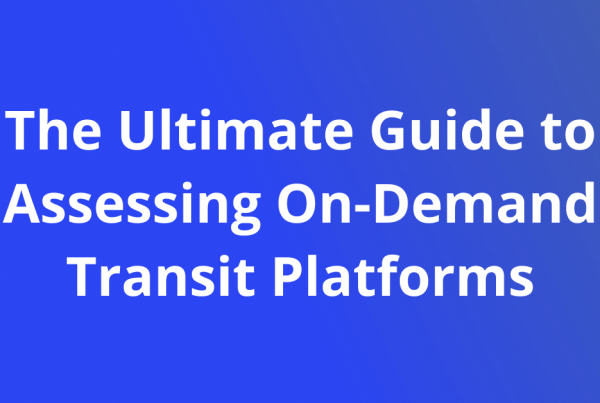Cha-Cha-Cha Changes:
There is a confluence of news these days on changes in the transportation network company (TNC) industry. These stories are centered around Uber, which is still reeling after the removal of CEO Travis Kalanick and ongoing slew of bad press. Naturally, they are trying to shake things up. There is a push to increase driver satisfaction, specifically a 180 day campaign to improve the driver experience. Most tangible has been the addition of tipping for drivers. There are numerous other demands from drivers: including a fairer rating system, more control over destinations through driver selected filters, and a phone based grievances. It pays to listen to drivers in this space as nature of contract drivers means that they go as easily as they come and once they do go, companies have to spend thousands to get them back. 2017 has been tough, although Uber does not release this information 3rd party estimates that:
Any transportation operation is ultimately dependent on drivers, the unleashing of independent driver contractors (IDCs) on a global scale means Pandora’s box has been opened. By looking at Uber, which is on the bleeding edge of transportation we can make inferences for the industry at large.
NEMT Space Oddity:
Now look at how contract drivers are changing other spaces in people transportation. Non-emergency medical transport (NEMT) has seen the entrance of Uber and Lyft partnering with national insurance brokers to provide medical trips for ambulatory patients. This is a match made in heaven for brokers and TNCs but has some consequences. Mainly reducing the number of aggregate trips available for the traditional NEMT providers. Thus the moves by the major players have encouraged others in the space to develop their own independent driver contract networks to provide transportation, this was already attempted by Veyo, another brokerage company, in Idaho, with mixed levels of success.
The larger implications are for the rest of the transportation industry. Independent contract drivers can be deployed fast and scale globally. But Uber’s app is not necessarily difficult to copy, it is ultimately only a marketplace, and the litany tech solutions which can treat IDCs better than Uber will be able to flourish as we have seen with the proliferation of TNCs and rideshare start-ups and with the resurgence of Lyft.
Heroes:
Changes in transportation employment can help save the world. By providing mass ridesharing, the real kind, when you have 2-8 riders in a vehicle. Not the ersatz Uber version of ridesharing, which is just a glorified taxi: a driver sharing their vehicle with a rider getting from point a-to-b. To really cut greenhouse gas emissions and reduce traffic we need a microtransit service with depth and breadth, as described by this recent publication by the Toronto Atmospheric Fund.
One challenge with deploying an actual microtransit service will be finding drivers. Existing fleets have established and experienced employees and many are unionized. Changing how they operate is challenging and growing them is difficult. But already many fixed route and specialized transit operators rely on taxis and other non-union drivers. IDCs could be both the carrot and the stick for unions: accept operational changes, transport in cities can become more flexible by adding door-to-door or door-to-hub services and microtransit can solve the first and last mile solution for commuters. Public transit will have to embrace this or else face replacement by contract drivers, this is already happening. The hope is that contractors can fill the gaps, and become a complimentary service for transit rather than cannibalizing it. This requires the right partnerships.
Moonage Daydream:
As TNCs become embroiled in turmoil, when they realized they gigantic piles of venture capitalist money can no longer sustainably subsidize trips until autonomous vehicles burst onto the scene, cities, transits and private companies should consider the potential of their drivers being controlled by applications and computer aided dispatch systems designed to maximize ridesharing. Fleets like this are easy to scale and once they are scaled they could massively impact the number of shared vehicles on the road. This is a truly powerful combination for any people transportation challenge. The technology is there, the drivers are waiting, all it will take is a place to seriously consider changing how it’s citizens get around.
Feature Image: https://goo.gl/images/ETvviX
Image One: Flickr




